Ludwig van Ditten: Building De Campo 1-2-3 Original in the Netherlands
Introduction
De Campo 1-2-3 Original is a Filipino martial art passed down through generations, with a focus on preserving its unique principles and proven techniques. Among its determined practitioners is Sir Ludwig van Ditten, whose journey shows the patience, discipline, and passion required to achieve the rank of Magtutudlo (Instructor). His training story highlights the balance of tradition and modern practice that defines De Campo today.
Training in De Campo 1-2-3 Original
Ludwig began his De Campo journey in September 2021 when he joined the structured online program. From the beginning, he committed to steady practice, joining weekly sessions with Maestro Paolo Pagaling where he worked on technical drills, tactical movement, and deeper principles of the art.
He also attended group Zoom classes with practitioners from across the globe, creating bonds within the growing De Campo community. Additionally, he trained directly under Master Jomalin Caballero in Saturday sessions, strengthening his connection to the lineage. These combined efforts gave him both technical refinement and insight into the values behind the art.
Transition From Silat to De Campo
Before discovering De Campo, Ludwig trained in Silat, another Southeast Asian martial art. Silat and FMA share many similarities in flow, weapon-based movement, and tactical awareness. For more context, see Silat and the FMA, which explores how these systems intersect and influence one another.
Ludwig’s Silat experience gave him agility and body flow, but the shift into De Campo required adjustments in timing, striking, and snap-back mechanics. His ability to adapt allowed him to merge his background with the precision of De Campo, making his learning process richer and more layered.
The De Campo 1-2-3 Certification Process
Certification in De Campo is not about chasing ranks but about reaching the standard required to represent the art. Candidates undergo rigorous training and must demonstrate both technical execution and teaching ability. They are tested on foundational and advanced concepts, ensuring that certification reflects genuine skill and understanding.
More details about the step-by-step process can be found on the De Campo 1-2-3 Original Certification page. As explained there, certification ensures that instructors are fully equipped to teach and transmit the art responsibly. It is not simply about promotion, but about becoming a living representative of the system.
As highlighted in The Secrets of De Campo 123 Original, the art emphasizes baiting strategies, precision striking, and intelligent footwork. These are not only exam requirements but also essential for anyone who wishes to carry the art into the next generation.
Sir Ludwig’s Certification
After more than a year of consistent training, Ludwig was prepared for his certification exam. On November 21, 2022, he joined other Magtutudlos and practitioners in a structured testing process. He performed a range of techniques, demonstrated his tactical understanding, and explained key concepts clearly, showing that he was not only a practitioner but also ready to teach.
His exam performance earned him the rank of Magtutudlo. This achievement placed him in the growing circle of certified instructors committed to preserving De Campo internationally. It was recognition not only of his skill but also of his dedication to consistency and respect for the art.
Moving Forward in the Netherlands
With certification complete, Ludwig is now focused on representing De Campo in the Netherlands. His goal is to continue training under his teachers while also forming a local De Campo group. By doing so, he hopes to create a foundation for future practitioners in his country, building a bridge between Filipino martial traditions and a new European audience.
His role is not limited to teaching techniques. Ludwig emphasizes the cultural and historical weight of the art, as seen in resources like The History of the Filipino Martial Arts. By grounding his students in both practice and heritage, he ensures that De Campo’s story is carried forward with authenticity.
Conclusion
Sir Ludwig van Ditten’s path to becoming a certified Magtutudlo is a testament to consistency, humility, and passion. His transition from Silat to De Campo, his training under Maestro Paolo and Master Jomalin, and his success in the certification process highlight what it truly means to dedicate oneself to a martial tradition.
Now representing De Campo in the Netherlands, Ludwig stands ready to teach, preserve, and promote this once-secret art. His story reinforces the international growth of De Campo 1-2-3 Original, ensuring that its principles continue to thrive in new communities worldwide.
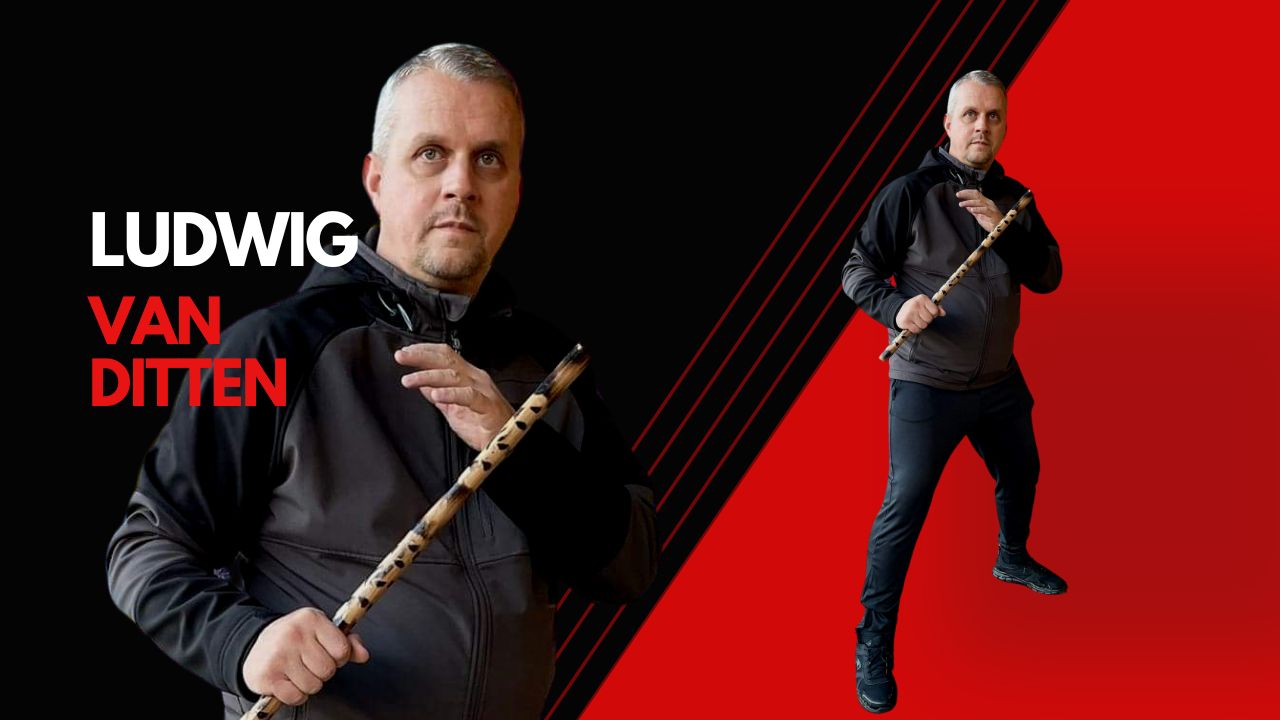
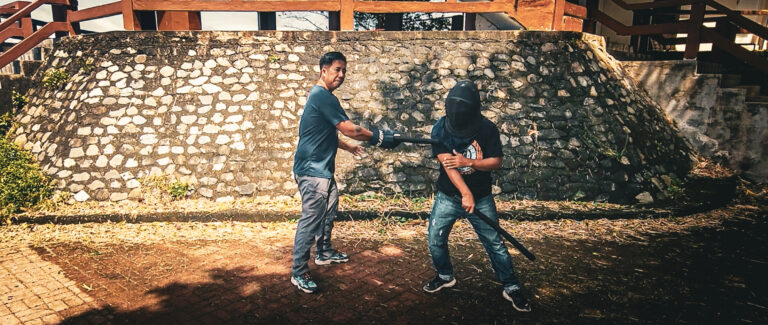

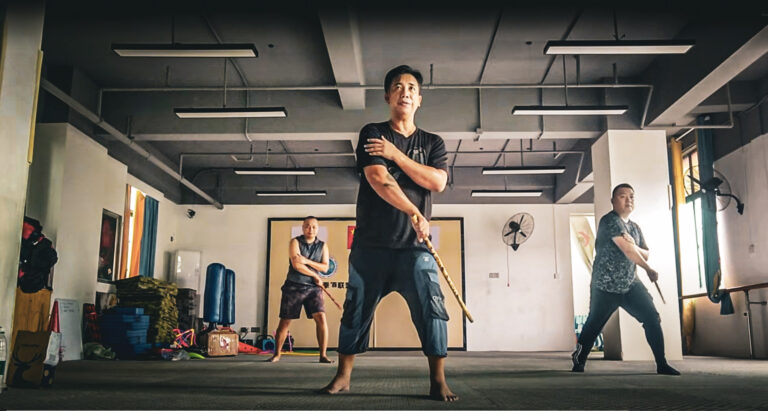
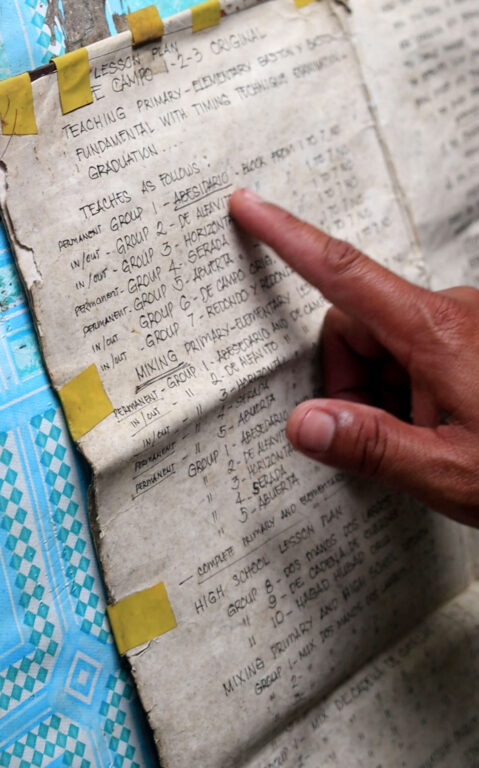
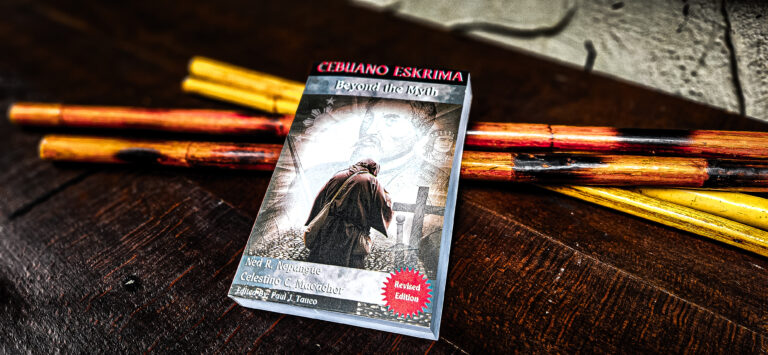
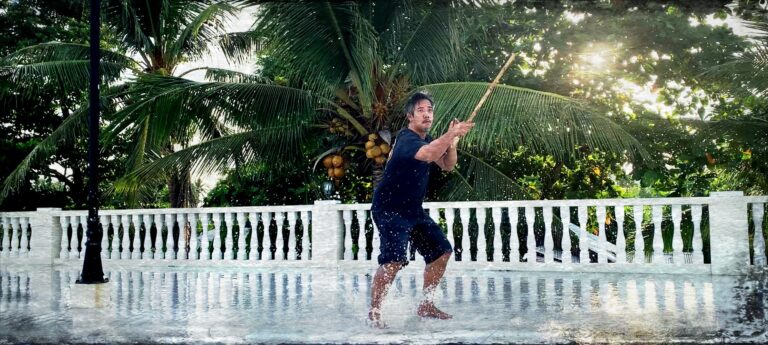
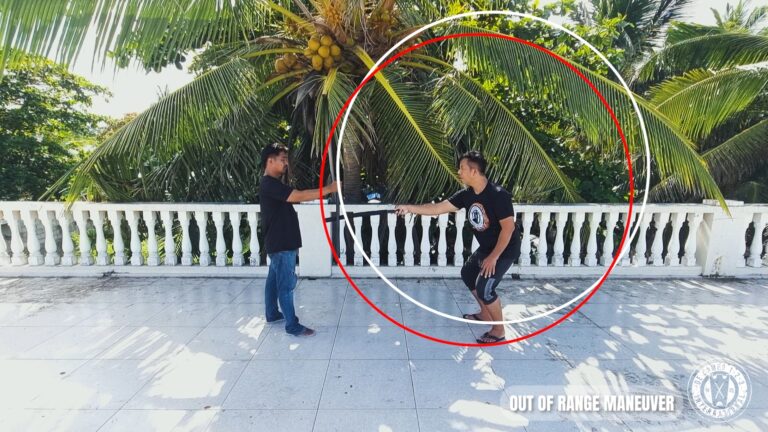
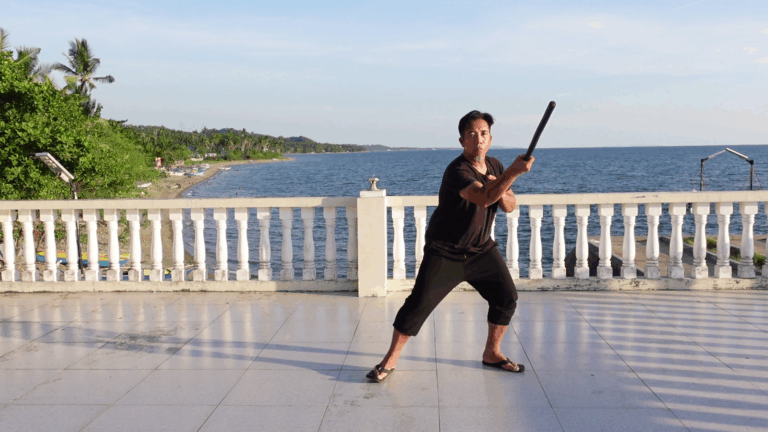
One Response